EXploiting Tidal Renewable Energy and reducing MArine Litter by a FLOATing barriER
User Group: University of Sheffield, UK, SEADS Lts, AM3 Spin-off srl.
Dates of access to LABIMA: 4-15 November 2019.
Project Aims: Tidal stream power is a highly dense renewable energy source, which has the favourable feature of being predictable. Its harvesting is the aim of many technological initiatives contributing to the development of renewable energy sector, one of the main societal challenges. A second major societal challenge is to cope with the marine litter, an issue that is presently growing to the attention of both the scientific research and the technological sector. EXTREMAL-FLOATER project deals with an innovative concept of hybrid structure, where the tidal turbine is integrated into floating barriers conceived to cope with marine litter. The synergic interaction between the floating barriers and the tidal turbine could concern, e.g., the following aspects: (i) the floating barriers, blocking the propagation of plastic debris downstream, would create clean flow conditions, limiting the possibility of damage/obstruction of the turbine, hence increasing both structural safety and the electricity production; (ii) the converted energy could be used directly onsite, e.g. to power conveyor belts or other electrical equipment needed for the plastic debris collection system; (iii) the barriers could create favourable conditions for increasing the performance of the turbine and controlling the hydrodynamic loads.
The main aims of the project is to aid in the development of such hybrid system by studying:
(i) The plastic collection efficiency of the Blue Barriers for different design configurations;
(ii) The effect of floating barriers on the turbine performance and the hydraulic loads when the turbine is fixed to a floating barrier.
| Post Acces Report | Database |
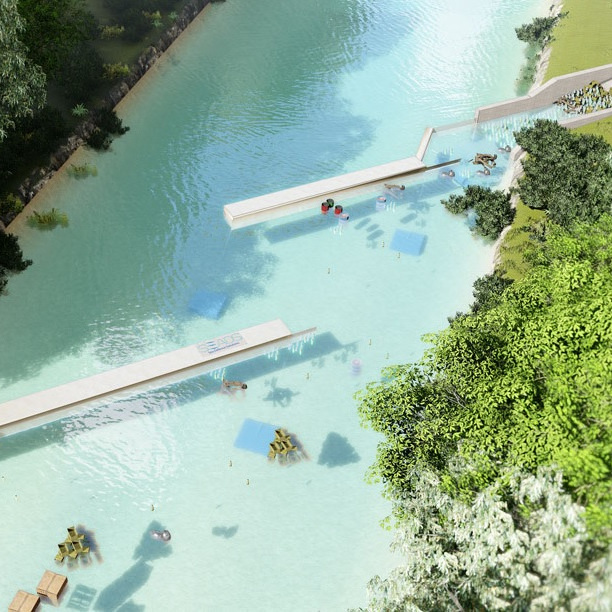
|
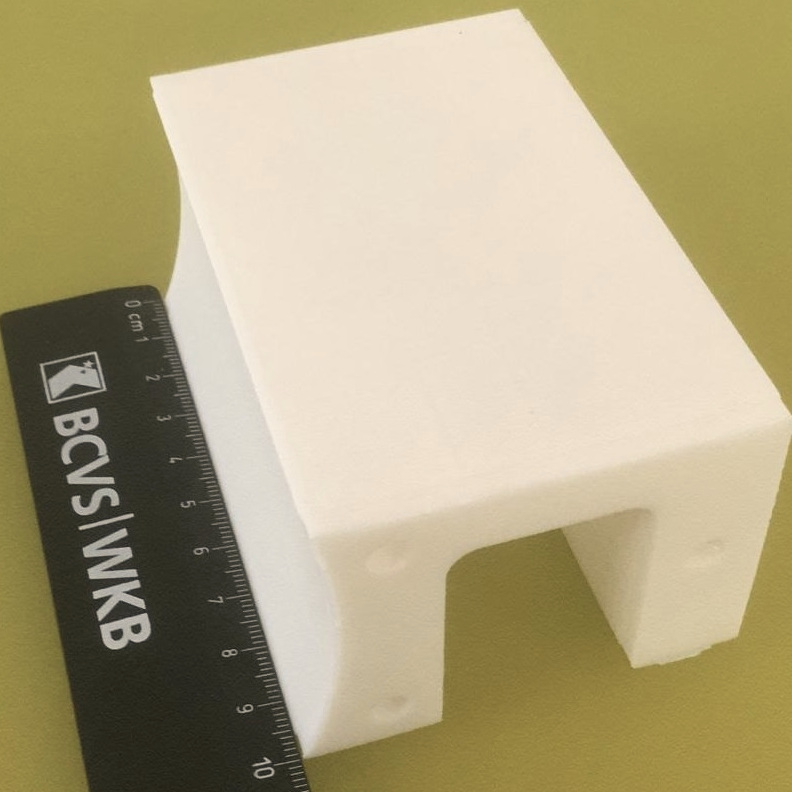
|
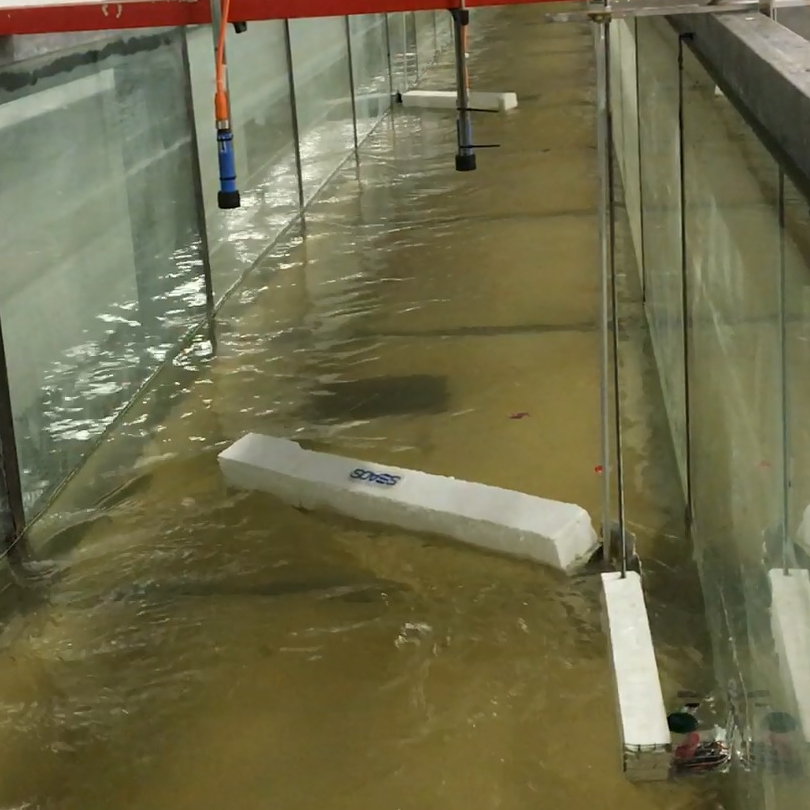
|
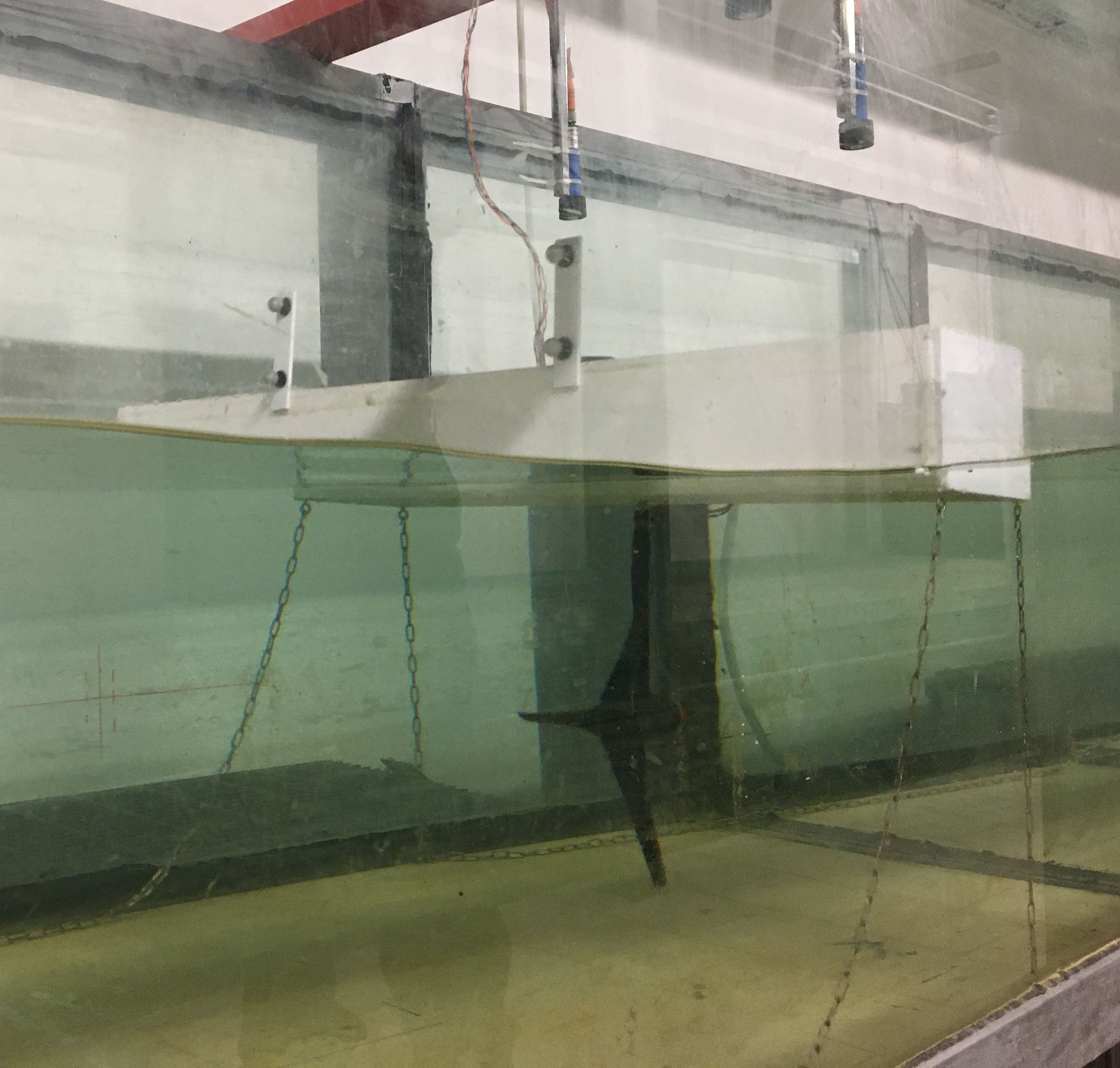 |
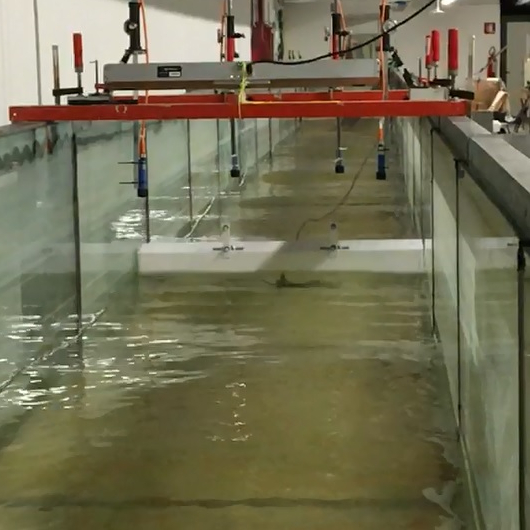 |
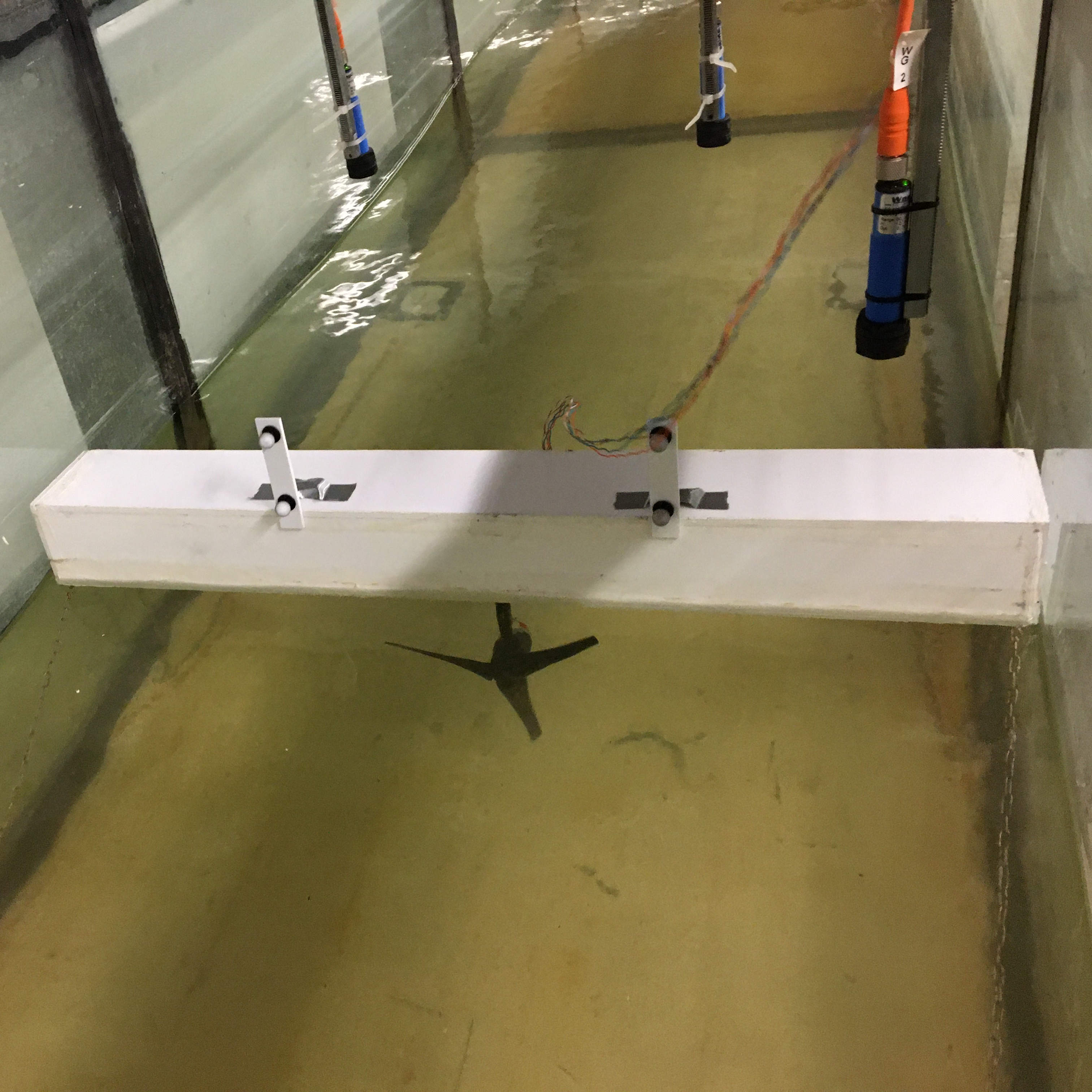 |


